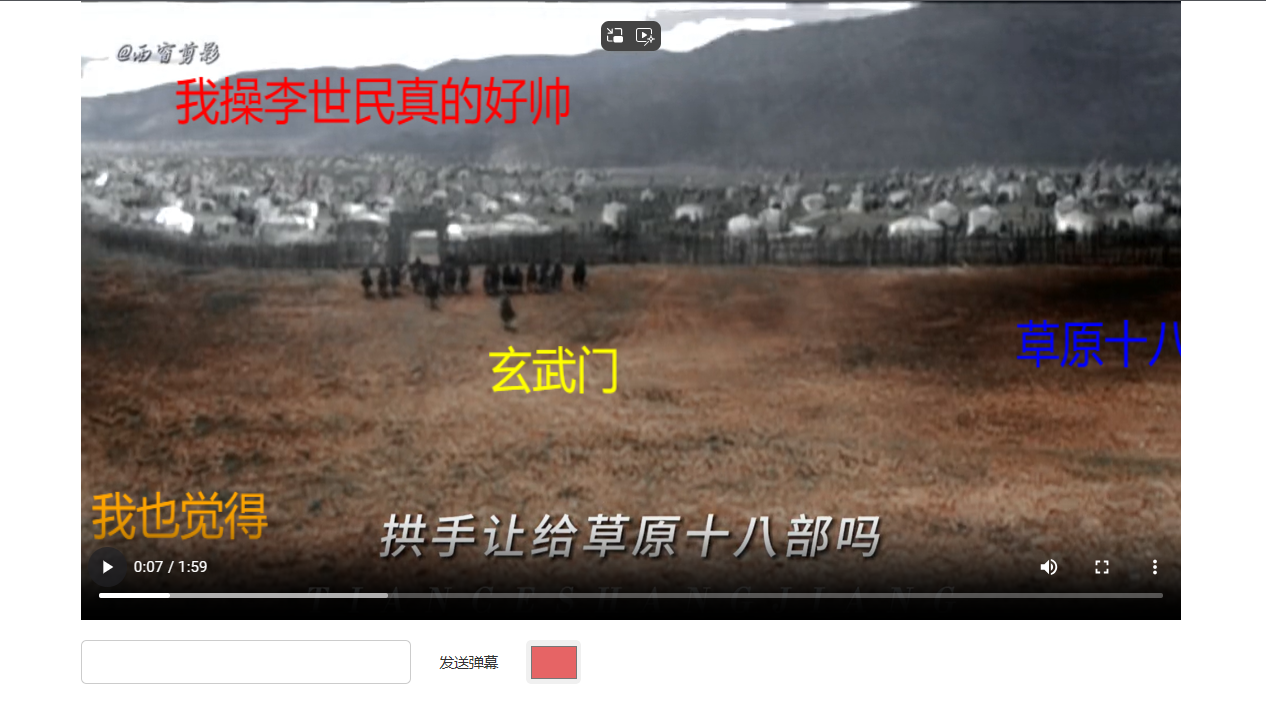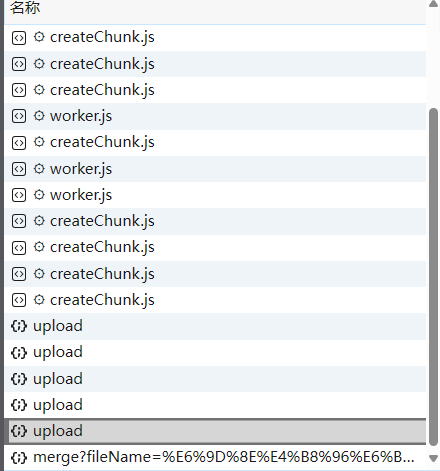import { isMicroQueue } from "./isMicroQueue.js";
const PENDING = "pending";
const FULFILLED = "fulfilled";
const REJECTED = "rejected";
const isPromise = (obj) =>
!!(obj && typeof obj === "object" && typeof obj.then === "function");
class MyPromise {
#state = PENDING;
#value = undefined;
#callbacks = [];
constructor(executor) {
try {
executor(this.#resolve.bind(this), this.#reject.bind(this));
} catch (error) {
this.#reject(error);
throw error;
}
}
#resolve(value) {
this.#changeState(FULFILLED, value);
}
#reject(value) {
this.#changeState(REJECTED, value);
}
#changeState(state, value) {
if (!this.#isPending(this.#state)) return;
this.#state = state;
this.#value = value;
this.#runCallbacks();
}
#pushCallback(executor, state, resolve, reject) {
this.#callbacks.push({
executor,
state,
resolve,
reject,
});
}
#runCallbacks() {
if (this.#isPending(this.#state)) return;
while (this.#callbacks[0]) {
const handler = this.#callbacks[0];
this.#runOneCallback(handler);
this.#callbacks.shift();
}
}
#isPending(state) {
return state === PENDING;
}
#runOneCallback(callback) {
isMicroQueue(() => {
const { executor, state, resolve, reject } = callback;
if (this.#state !== state) return;
if (typeof executor !== "function") {
this.#state === FULFILLED ? resolve(this.#value) : reject(this.#value);
return;
}
try {
const result = executor(this.#value);
if (isPromise(result)) {
result.then(resolve, reject);
} else {
resolve(result);
}
} catch (error) {
reject(error);
}
});
}
then(onFulfilled, onRejected) {
return new MyPromise((resolve, reject) => {
this.#pushCallback(onFulfilled, FULFILLED, resolve, reject);
this.#pushCallback(onRejected, REJECTED, resolve, reject);
this.#runCallbacks();
});
}
catch(onRejected) {
return this.then(undefined, onRejected);
}
finally(onFinally) {
this.then(
(val) => {
onFinally();
return val;
},
(err) => {
onFinally();
throw err;
}
);
}
static resolve(value) {
if (value instanceof MyPromise) return value;
return new MyPromise((resolve, reject) => {
if (isPromise(value)) {
value.then(resolve, reject);
} else {
resolve(value);
}
});
}
static reject(value) {
return new MyPromise((resolve, reject) => {
reject(value);
});
}
static all(promises) {
return new MyPromise((resolve, reject) => {
try {
const result = [];
let count = 0;
let fulfilledCount = 0;
for (const item of promises) {
let i = count;
count++;
MyPromise.resolve(item).then((res) => {
result[i] = res;
fulfilledCount++;
if (fulfilledCount === count) {
resolve(result);
}
}, reject);
}
if (count === 0) {
resolve(result);
}
} catch (error) {
reject(error);
}
});
}
}
|





